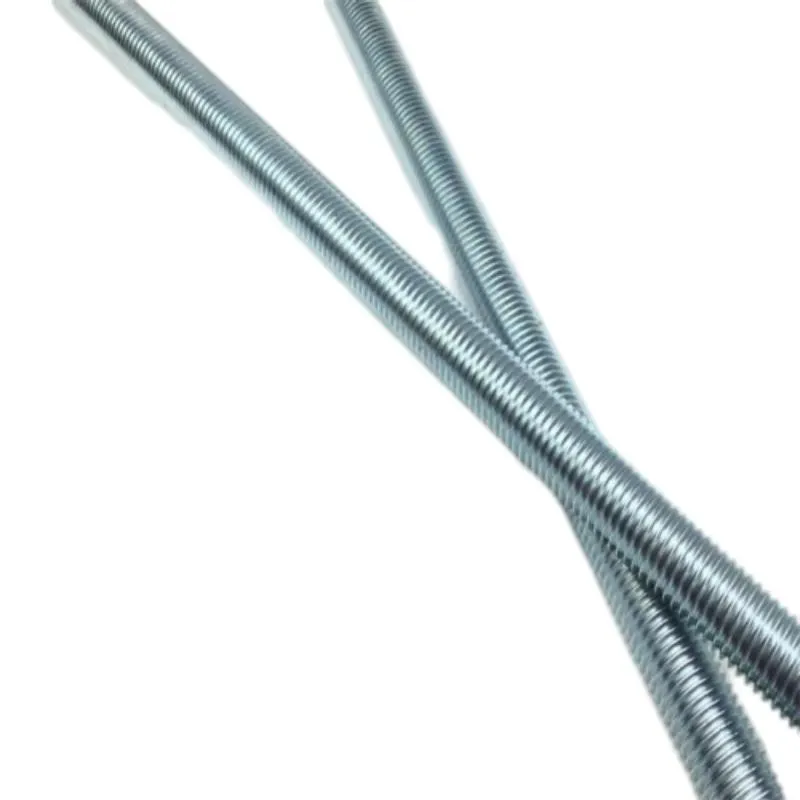Dec . 03, 2024 22:54 Back to list
Galvanized Beam Clamps for Strong and Secure Structural Connections in Construction
Understanding Galvanized Beam Clamps A Comprehensive Guide
Galvanized beam clamps have become essential tools in various construction and engineering applications, providing robust support and fastening solutions for a wide range of structures. Whether used in residential buildings, commercial projects, or industrial settings, these clamps are designed to secure beams, pipes, and other materials with reliability and strength. This article delves into the features, benefits, applications, and considerations when using galvanized beam clamps.
What Are Galvanized Beam Clamps?
Galvanized beam clamps are specifically designed fasteners made from steel that has been coated with a layer of zinc. This galvanization process protects the steel from rust and corrosion, making it suitable for both indoor and outdoor applications. These clamps are usually designed to grip steel beams or other structural elements tightly, providing a strong hold without the need for extensive welding or bolting.
Key Features of Galvanized Beam Clamps
1. Durability The galvanization process significantly enhances the lifespan of the clamps, ensuring they can withstand harsh environmental conditions, including exposure to moisture, salt, and other corrosive elements.
2. Variety of Designs Galvanized beam clamps come in various designs to accommodate different sizes and types of beams. Some common styles include adjustable clamps, fixed clamps, and multi-purpose clamps.
3. Ease of Installation One of the major advantages of using beam clamps is the ease with which they can be installed. Most clamps can be attached using simple tools, reducing labor time and costs on construction sites.
4. Stability and Strength Designed to bear significant loads, galvanized beam clamps provide the necessary stability and strength required for structural integrity in various applications.
Benefits of Using Galvanized Beam Clamps
1. Corrosion Resistance Since these clamps are coated with zinc, they are less likely to corrode over time, making them ideal for outdoor structures and environments prone to moisture.
galvanized beam clamps

3. Versatility These clamps are highly versatile and can be used in various applications, including HVAC installations, electrical systems, and supporting framework structures.
4. Maintenance-Free Once installed, galvanized beam clamps require minimal maintenance, allowing builders and engineers to focus on other critical areas of their projects.
Applications of Galvanized Beam Clamps
Galvanized beam clamps are commonly used in
- Construction In both residential and commercial buildings, these clamps provide essential support for beams and other structural components. - HVAC Systems They are frequently utilized in the installation of heating, ventilation, and air conditioning systems, offering secure fastening for ductwork and pipes. - Electrical Projects During electrical installations, these clamps help in securing conduits and wiring against walls and beams, playing a pivotal role in electrical safety and organization. - Industrial Settings Factories and warehouses often employ beam clamps to support machinery, overhead systems, and material handling equipment, ensuring safety and efficiency in operations.
Considerations When Choosing Galvanized Beam Clamps
When selecting galvanized beam clamps, it’s important to consider several factors
1. Load Capacity Ensure that the clamps you choose can handle the weight and stress they will be subjected to in your specific application. 2. Size and Compatibility Choose clamps that fit the dimensions of your beams and other structural elements to ensure a secure hold.
3. Quality Standards Opt for clamps that meet or exceed industry standards for safety and performance, ensuring peace of mind during installation.
4. Environmental Factors Evaluate the environmental conditions where the clamps will be used to determine if additional protective measures are needed.
Conclusion
In summary, galvanized beam clamps are a reliable and efficient solution for securing beams and structural components across various industries. Their durability, corrosion resistance, and ease of installation make them an invaluable tool in construction and engineering projects. By understanding their features, benefits, and appropriate applications, professionals can make informed decisions that enhance the integrity and safety of their structures.


